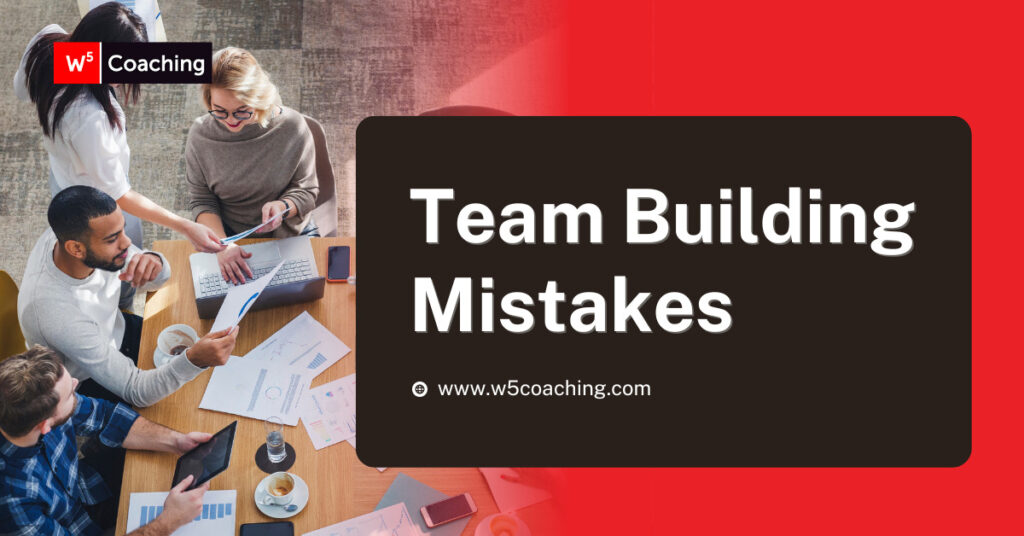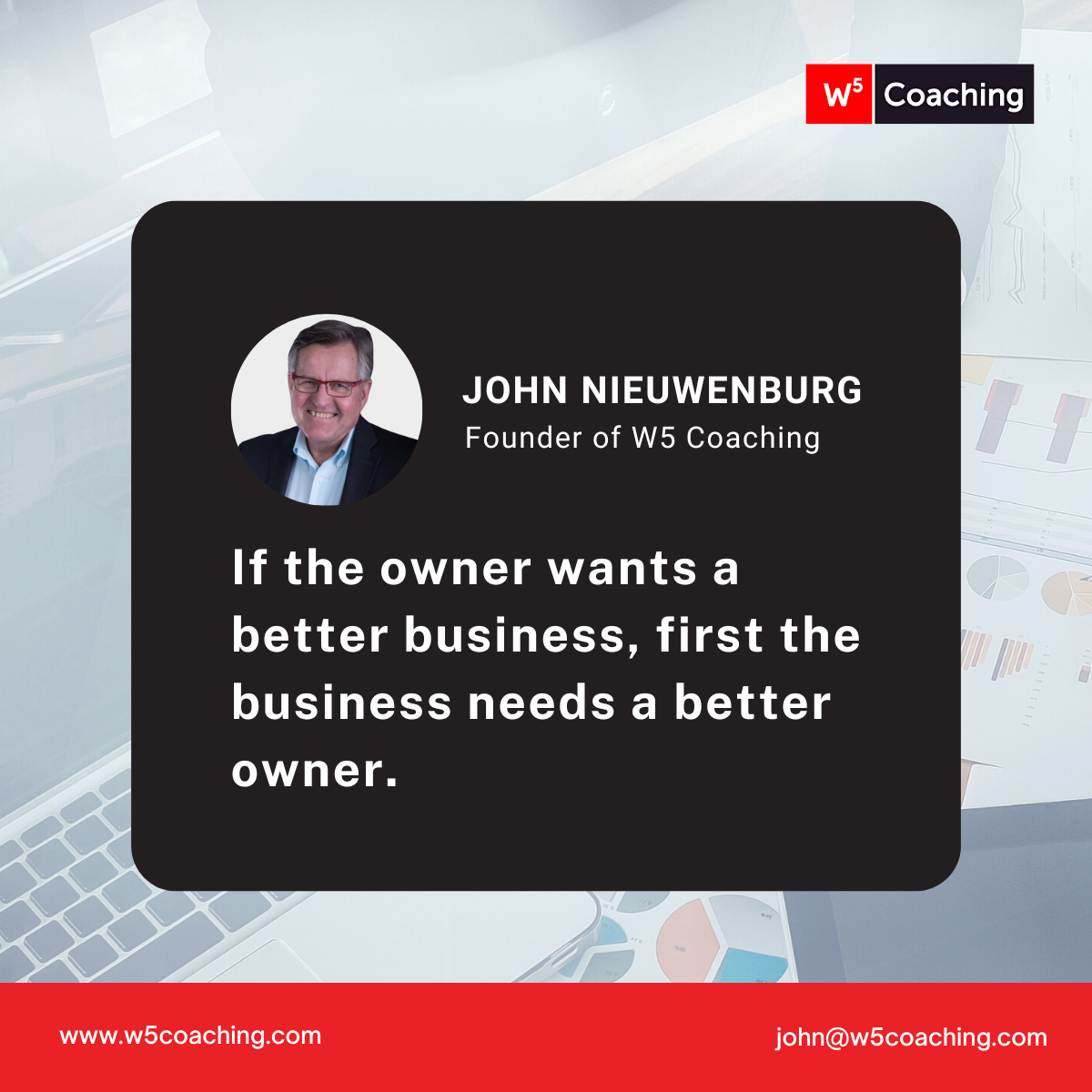Growing Your Team the Right Way: Mistakes to Avoid and Strategies to Adopt

It’s easy to make mistakes when you’re a business owner.
And some of the biggest mistakes I’ve seen are related to how you grow your team.
Expanding your team can push your company to new heights. (If you do it right.)
Or growth can create challenges and cause a lot of headaches if you don’t manage it well.
Let’s look at three of the biggest mistakes people make when growing their teams, plus strategies for avoiding these pitfalls.
Mistake #1 – Failing to put systems in place
 The people you hire as part of your team are incredibly important – and so are the systems they use to get the work done.
The people you hire as part of your team are incredibly important – and so are the systems they use to get the work done.
You have to proactively build systems to effectively manage a growing team.
The complexity of managing your team will increase exponentially as your business grows – and without good, replicable systems in place, you may find yourself managing the team as if it were still small.
It just won’t work.
As you grow, it’s important to recognize the need for structured processes.
So how do you address this?
Strategy #1: Create strong systems
By creating and implementing systems that allow for robust, predictable, and reliable results.
You should develop workflows and document processes, and leverage technology to streamline communication and task management.
This approach helps you make sure your business isn’t dependent on specific people on your team– but instead runs on an independent system that can replicate success consistently, no matter who is in what role within your team.
Mistake #2 – Ignoring your own professional development
As your team grows collectively, their individual roles will change, too.
This is especially true for YOUR role as the business leader.
While in the earlier days of your business, you needed to roll up your sleeves and handle the details, you’ll need to do that less and less as your business grows.
If you’re not intentional about stepping away from the weeds, you could end up bogged down in operational details that eat up all the time you should be spending on strategic leadership.
Understanding this evolution is crucial for your business’ sustained growth.
Your focus needs to shift to getting results through your team’s efforts rather than your own personal involvement in every task.
Strategy #2: Commit to becoming a better business owner and stronger leader
 Here’s an example to consider. Imagine that you’re the captain of the boat in the Navy. The boat is 50 feet, with a crew of 10 – and you’re the most capable engine room guy. In that kind of environment, you’ll be in the engine room routinely, doing engine maintenance or taking care of repairs.
Here’s an example to consider. Imagine that you’re the captain of the boat in the Navy. The boat is 50 feet, with a crew of 10 – and you’re the most capable engine room guy. In that kind of environment, you’ll be in the engine room routinely, doing engine maintenance or taking care of repairs.
But what happens when you’re captain of a 150-foot boat with a crew of 100? Chances are you won’t be in the engine room that much anymore. Instead, you’re relying on others to make those routine repairs.
What about an aircraft carrier with a crew of 2000? You won’t ever be in that engine room unless you’re giving someone an award for long-term service.
This same thing happens when you own a business – as it grows, your role will change.
Less and less of the actual delivery of your product or service will be done by you personally, and you’ll get results through the efforts of others.
This means you need to step up your professionalism in the areas of strategic thinking, communication, and coaching others.
These are the areas you’ll spend the most time in as the leader of a growing and thriving business – so it’s important that you invest in your own professional development so that you’re the strongest leader you can be.
Like we always say at W5 Coaching – if you want a better business, first the business needs a better owner.
Mistake #3 – Micromanaging and failure to delegate
 It can be hard to delegate when you’re a business owner – but when you don’t, you turn into the micromanager that everyone hates working for.
It can be hard to delegate when you’re a business owner – but when you don’t, you turn into the micromanager that everyone hates working for.
It also means nothing can happen without someone on your team reaching out for you to make a decision and/or tell them what to do.
It will drive you crazy.
This is what I call a hub-and-spoke style of management.
There’s a hub, which is you, and the spokes represent different people on your team.
In this model, nothing happens until one of the spokes connects with the hub to ask a question.
To change this, you have to change your relationships with the people who report to you.
Strategy #3 – Ask more and tell less
The very best piece of advice I can give is for you to change how you answer questions when they come to you. Instead of answering a team member’s question, give them a question of your own!
Ask: what would you do if I weren’t here?
Or try this: what are the two best ideas you’ve got for how you might solve that problem?
Then follow up their answer with this question: which one of the two do you think is better?
Then you endorse that answer, even if it’s only 80 percent correct. Let them go with it and see what kind of results they get.
When you do this, you change the culture of your business.
Instead of giving your team easy answers, you’re encouraging them to find their own solutions, and you’re supporting their decisions.
This approach fosters a culture of proactive problem-solving, empowering the team and reducing their dependency on YOU.
Would you like some support as you grow your business and expand your team?
I’d love to help. Reach out today to chat about coaching: Book a Call with John

Build a Self-Managing Company
How to build a business that runs smoothly, profitably, and (mostly) without you.
Feeling stressed out and overwhelmed with a business that is taking all your time - and not giving you enough in return?
Are you finding it challenging to hire the right team (and get them to do the right things)?
I wrote this little guide for you!
Enter your details below to receive your free copy!
